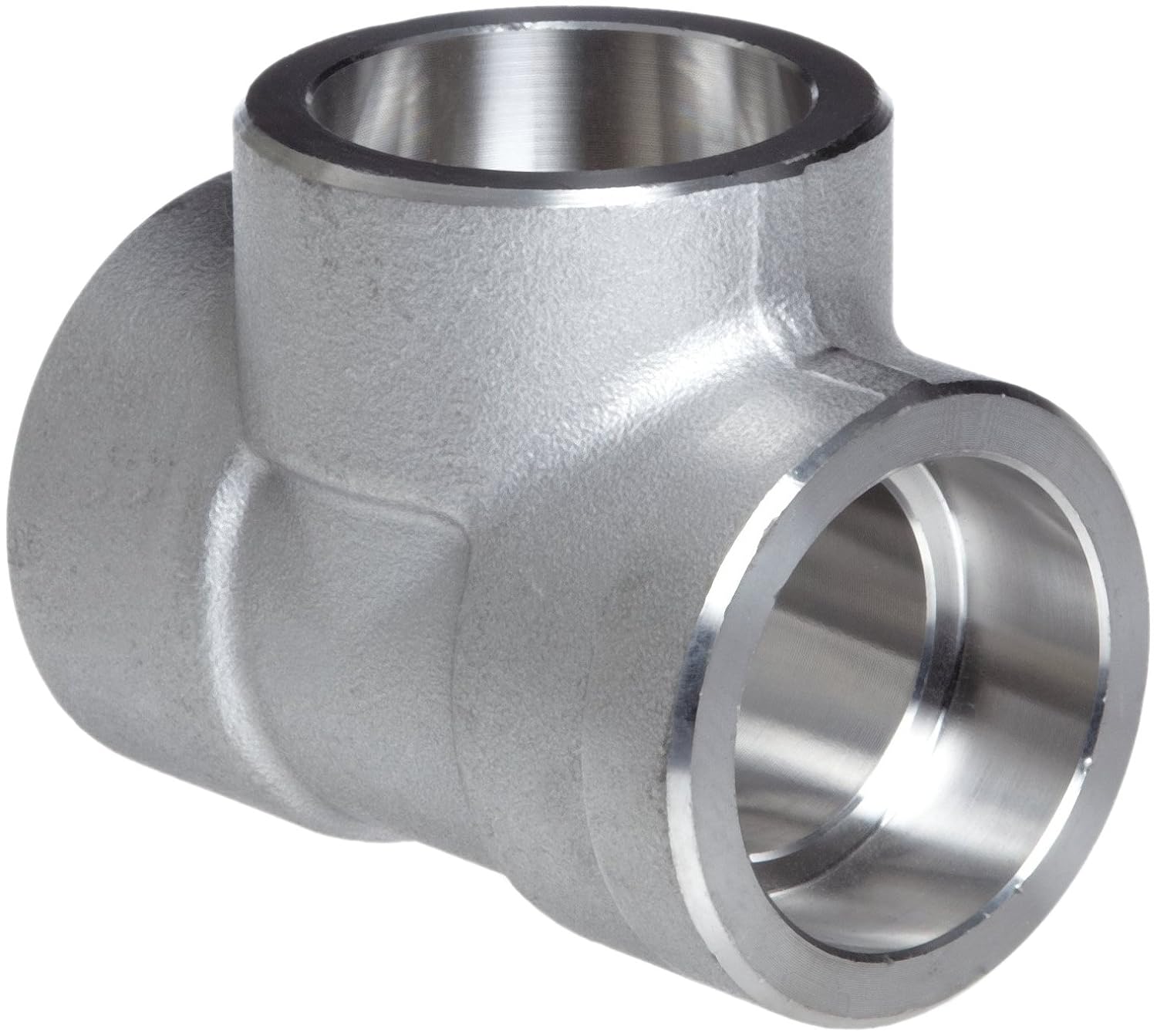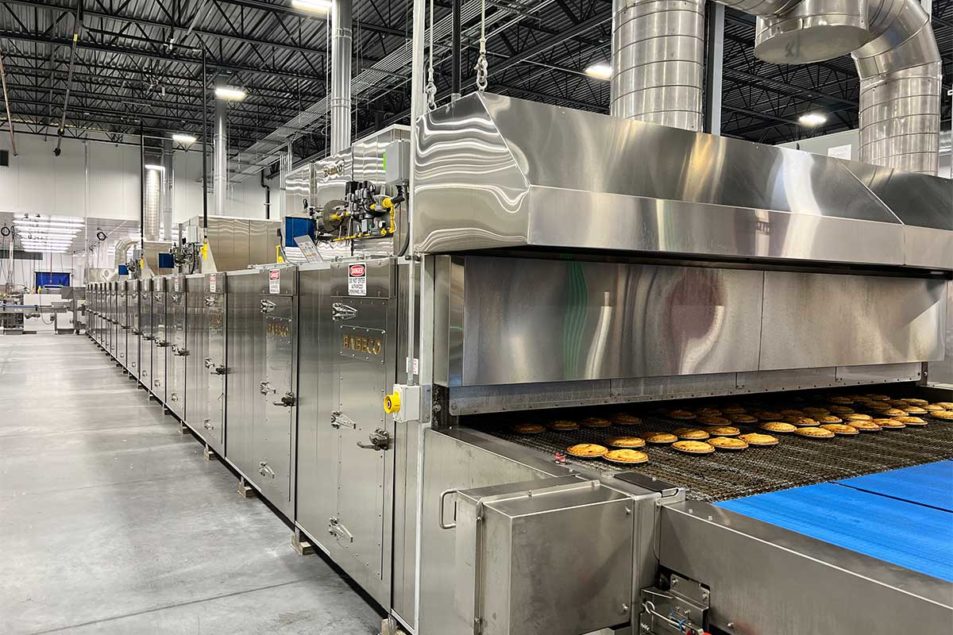The Advantages of Using Socket Weld Tees in Piping Systems

Socket weld tees are widely used in piping systems across various industries due to their unique design and several advantages. These tees, which allow for a smooth and efficient flow of fluids while facilitating easy branch connections, offer numerous benefits that contribute to their popularity in different applications.
High Strength and Durability:
The socket weld tee is known for its high strength and durability. These tees can withstand extreme pressure and temperature conditions. They are particularly suitable for applications in petrochemicals, oil and gas, and power generation industries.
Reliable and Leak-Free Connections:
The socket weld design involves welding the pipe into the recessed area of the tee, creating a strong and reliable connection. When properly welded, socket weld tees provide leak-free joints, ensuring the integrity of the piping system. This reliability is crucial in industries where fluid leakage can lead to safety hazards, environmental concerns, or operational inefficiencies.
Ease of Installation:
Socket weld tees are relatively easy to install, making them a preferred choice for many piping applications. The welding process is simpler than other connection methods, reducing installation time and labor costs. This ease of installation is advantageous in various industries, especially during maintenance or system modifications.
Smooth Flow Characteristics:
The design of socket weld tees ensures a smooth and uninterrupted flow of fluids through the piping system. The absence of interior threads or obstructions minimizes turbulence, pressure drops, and the risk of sediment buildup. It is particularly beneficial in applications where maintaining a consistent flow is critical, such as in chemical processing plants or water distribution systems.
Suitability for High-Pressure Applications:
Socket weld tees are well-suited for high-pressure applications, making them ideal for industries like petrochemicals, where pipelines often experience elevated pressures. The welded connection provides the strength required to handle these conditions without compromising the system’s structural integrity.
Versatility in Material Selection:
Socket weld tees are available in various materials, allowing for flexibility in choosing the most suitable option based on the application’s specific requirements. Common materials include stainless steel, carbon steel, and alloys, each offering unique properties such as corrosion resistance, high-temperature tolerance, or compatibility with specific fluids.
Space-Saving Design:
The compact and space-saving design of socket weld tees is advantageous in applications where space constraints are considered. The absence of external threads or flanges reduces the overall footprint of the piping system, making these tees suitable for installations in tight spaces or where efficient space utilization is essential.
Cost-Effective Solution:
The simplicity of the socket weld connection method contributes to cost savings in terms of both material and labor. The ease of installation and the durability of socket weld tees make them a cost-effective solution for various industries.
Conclusion:
The advantages of using socket weld tees in piping systems are diverse and contribute to widespread adoption across industries. From their strength and durability to reliable connections and ease of installation, socket weld tees offer a range of benefits that make them a preferred choice in applications where efficient fluid transport is crucial. Engineers and industry professionals continue to rely on socket weld tees to provide robust and dependable solutions in diverse and demanding environments.






